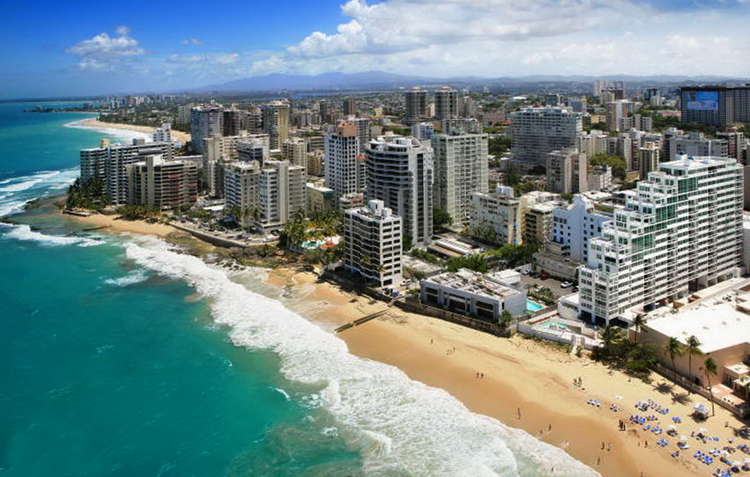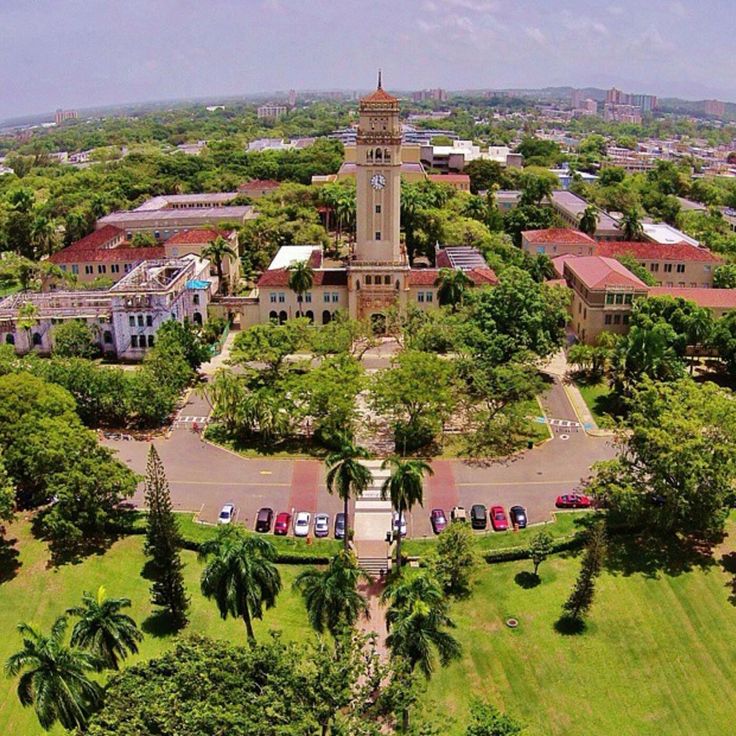Guabairo de puerto rico: Puerto Rican Nightjar on a tree/ Guabairo
Antrostomus noctitherus – Wikipedia, la enciclopedia libre
El guabairo o chotacabras portorriqueño[2] (Antrostomus noctitherus) es una especie de ave caprimulgiforme de la familia de los chotacabras (Caprimulgidae). Habita en los bosques secos costeros en ciertas zonas del suroeste de Puerto Rico.
Fue descrito a partir de huesos encontrados en una caverna y un único espécimen capturado en 1888. Se consideraba que la especie se había extinguido, siendo dicho espécimen el último ejemplar de un ave “prehistórica”. Sin embargo, en 1961 se determinó que aún existía; ya que su presencia había pasado desapercibida a causa de sus hábitos cautelosos y porque su hábitat no había sido investigado.
Se estima que la población actual es de entre 1400 a 2000 individuos y se considera que permanecerá estable siempre y cuando no se altere su hábitat y se controle la presencia de depredadores – mangostas, ratas y gatos.[3] La clasificación de en peligro obedece principalmente a que el hábitat especial del cual depende se encuentra muy fragmentado en áreas degradadas e inadecuadas; por lo que su población se encuentra distribuida en grupos muy disociados.
Las zonas en las que vive están siendo protegidas y se ha propuesto unir algunas de estas zonas mediante reforestación con plantas de especies nativas. Sin embargo, un campo de molinos eólicos planificado que sería ubicado cerca de Guayanilla ha obtenido un permiso en forma excepcional del Acta de Especies en Peligro bajo el argumento de permiso de “incidental take”;[4] se ha indicado que hasta un 5% de la población del guabairo podría morir por colisiones contra las turbinas eólicas.
Referencias[editar]
- ↑ BirdLife International (2011). «Caprimulgus noctitherus». Lista Roja de especies amenazadas de la UICN 2022 (en inglés). ISSN 2307-8235. Consultado el 21 de noviembre de 2011.
- ↑ Bernis, F; De Juana, E; Del Hoyo, J; Fernández-Cruz, M; Ferrer, X; Sáez-Royuela, R; Sargatal, J (2000). «Nombres en castellano de las aves del mundo recomendados por la Sociedad Española de Ornitología (Quinta parte: Strigiformes, Caprimulgiformes y Apodiformes)».
 Ardeola. Handbook of the Birds of the World (Madrid: SEO/BirdLife) 47 (1): 123-130. ISSN 0570-7358. Consultado el 30 de septiembre de 2015; p. 125.
Ardeola. Handbook of the Birds of the World (Madrid: SEO/BirdLife) 47 (1): 123-130. ISSN 0570-7358. Consultado el 30 de septiembre de 2015; p. 125. - ↑ BirdLife International (2007) Species factsheet: Caprimulgus noctitherus.
- ↑ «Windfarm permit “seriously contradicts” Endangered Species Act». BirdLife International. 1 de abril de 2007. Consultado el 10 de julio de 2007.
Enlaces externos[editar]
- Wikimedia Commons alberga una categoría multimedia sobre Antrostomus noctitherus.
- Wikispecies tiene un artículo sobre Antrostomus noctitherus.
- BirdLife Species Factsheet
- Audubon Watchlist
| Control de autoridades |
|
|---|
Puerto Rican Nightjar (Guabairo), Endangered Species – Repeating Islands
The Puerto Rican nightjar (known in Puerto Rico as guabairo) is a rare bird found in the coastal dry scrub forests in southwestern Puerto Rico. The species was once considered to be extinct but live specimens were found in 1961. It was federally listed as endangered in 1973. The U.S. Fish and Wildlife Service approved a Puerto Rican Whip-poor-will (Nightjar) Recovery Plan in 1984 and UNESCO designated the Bosque Estatal de Guánica (which specialists have identified as home of the largest population of Puerto Rican nightjars) as a United Nations Biosphere Reserve, placing these birds in an international conservation spotlight.
The species was once considered to be extinct but live specimens were found in 1961. It was federally listed as endangered in 1973. The U.S. Fish and Wildlife Service approved a Puerto Rican Whip-poor-will (Nightjar) Recovery Plan in 1984 and UNESCO designated the Bosque Estatal de Guánica (which specialists have identified as home of the largest population of Puerto Rican nightjars) as a United Nations Biosphere Reserve, placing these birds in an international conservation spotlight.
Description: The endemic Puerto Rican Nightjar (Caprimulgus noctitherus) was described early in the twentieth century, but taxonomic consensus on its status as a full species distinct from the continental Whip-poor-will (Caprimulgus vociferus) did not emerge until the 1960s. The Spanish common name “Guabairo de Puerto Rico” is derived from the Taíno Indian name. The nightjar once inhabited coastal lowlands all around western Puerto Rico, but habitat loss and introduced predators have now restricted it to a very small fraction of its former breeding range.
Identification: Active only after dark, the Puerto Rican Nightjar is rarely detected during daylight hours. Its excellent camouflage of mottled black, brown and gray, broken by a white band across the throat and white spots at the ends of the tail feathers, makes this robin-sized bird scarcely distinguishable from the leaf-litter on the forest floor where it rests motionless all day. Shortly after twilight, and again before dawn, the male may call from a tree branch, giving a rapid series of whistled “whip” notes. It is heard far more often than seen. Most sightings are mere glimpses of the bird in flight at dusk after it has betrayed its presence by vocalizing, but individuals may also make repeated foraging flights from favorite perches. The loud, distinctive territorial calling makes this species especially easy to census.
Distribution and Population Trends: The species is now found only in dry limestone forest along the southwest coast of the island, notably in the Bosque Estatal de Guánica (Commonwealth Forest of Guanica), where it is most numerous, but also in the Bosque Estatal de Susúa, the Sierra Bermeja, and in hills near Guayanilla and Parguera. The present distribution represents only a small fraction (estimated at 3%) of the nightjar’s former range, which is known to have included moist limestoneforests along the north coast as far eastward as Bayamon, and may have extended inland to the lower cordillera.
The present distribution represents only a small fraction (estimated at 3%) of the nightjar’s former range, which is known to have included moist limestoneforests along the north coast as far eastward as Bayamon, and may have extended inland to the lower cordillera.
Threats: Disturbances that could significantly threaten nightjars in their remaining forest refuges include tree cutting, road and utility line construction and maintenance, extensive recreational use of the forests, wild fires, and grazing by domestic stock. About half of the current nightjar habitat is in protected public forests, but the remainder, including lands adjacent to the public forests, is privately held forestland susceptible to conversion to other uses. The mongoose (Herpestes jarvanicus) may have played an important role in eliminating nightjars from the moist forests of the north coast after its introduction to Puerto Rico in 1877. Any changes that make the dry forests in the southwest of the island more hospitable to mongooses or more accessible to dogs, cats, and rats could adversely impact the nightjar.
 Ardeola. Handbook of the Birds of the World (Madrid: SEO/BirdLife) 47 (1): 123-130. ISSN 0570-7358. Consultado el 30 de septiembre de 2015; p. 125.
Ardeola. Handbook of the Birds of the World (Madrid: SEO/BirdLife) 47 (1): 123-130. ISSN 0570-7358. Consultado el 30 de septiembre de 2015; p. 125.